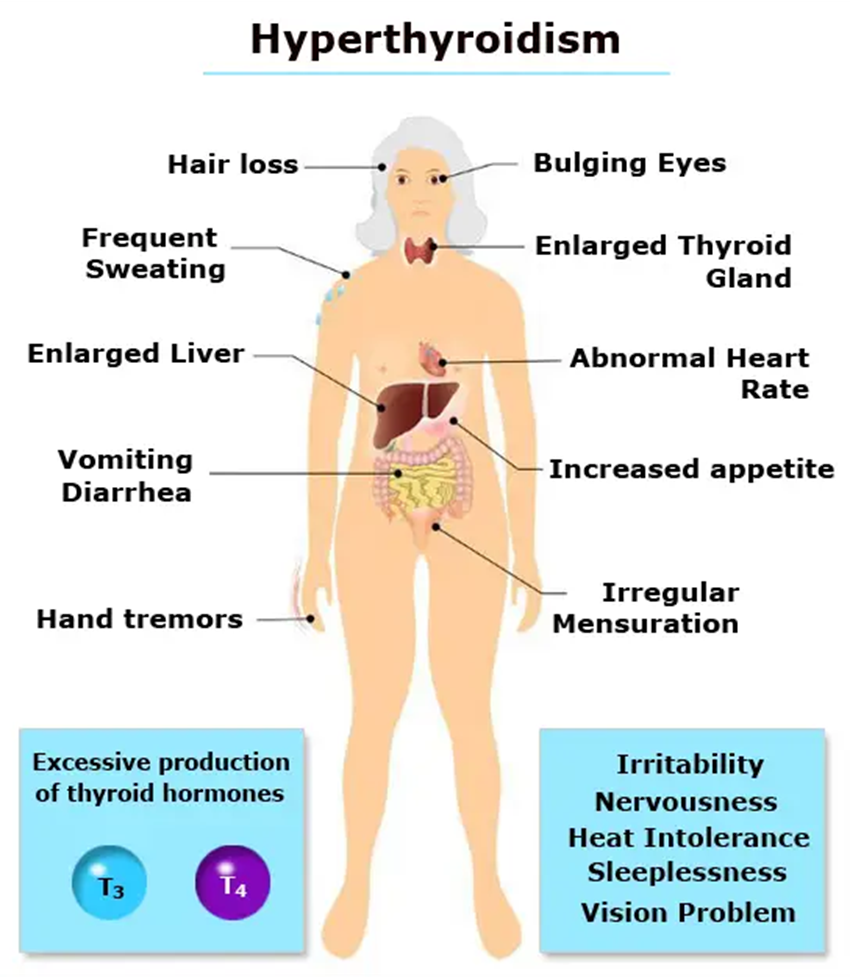A client with type 2 diabetes normally achieves adequate glycemic control through diet and exercise. Upon being admitted to the hospital for a cholecystectomy, however, the client has required insulin injections on two occasions. The nurse would identify what likely cause for this short-term change in treatment?
Stress has likely caused an increase in the client's blood sugar levels.
The client's volatile fluid balance surrounding surgery has likely caused unstable blood sugars.
The client has likely overstimulated her ability to control her diabetes using non-pharmacologic measures.
Alterations in bile metabolism and release have likely caused hyperglycemia.
The Correct Answer is A
A. Stress has likely caused an increase in the client's blood sugar levels:
This statement is accurate. Stress, especially related to surgery, can lead to increased levels of stress hormones, such as cortisol and catecholamines, which can elevate blood sugar levels. Surgery is a physiological stressor that can impact glucose metabolism.
B. The client's volatile fluid balance surrounding surgery has likely caused unstable blood sugars:
This is the most appropriate choice. Surgery, anesthesia, and changes in fluid balance can affect blood glucose levels. The stress response to surgery can lead to fluctuations in blood sugar, and patients may need insulin during this period.
C. The client has likely overstimulated her ability to control her diabetes using non-pharmacologic measures:
This statement is not accurate. Overstimulation is not a common cause of the need for insulin in the context of surgery. The stress and physiological changes associated with surgery are more likely contributors.
D. Alterations in bile metabolism and release have likely caused hyperglycemia:
While alterations in metabolism can impact glucose regulation, in the context of surgery, the primary factors are the stress response, changes in fluid balance, and potential alterations in the ability to eat or drink normally rather than specific effects on bile metabolism.
Nursing Test Bank
Naxlex Comprehensive Predictor Exams
Related Questions
Correct Answer is A
Explanation
A. Frequent mood changes:
This is correct. Hyperthyroidism is associated with increased levels of thyroid hormones, which can affect the nervous system and lead to mood changes, including irritability and anxiety.
B. Weight gain of 11 lbs in 3 weeks:
Weight loss is more characteristic of hyperthyroidism due to increased metabolism. Rapid weight gain is not typical.
C. Sensitivity to cold:
Sensitivity to cold is more characteristic of hypothyroidism, where there is a deficiency of thyroid hormones.
D. Constipation:
Constipation is more commonly associated with hypothyroidism, where there is a slowing of the digestive system.

Correct Answer is A
Explanation
A. With the meal:
Insulin Lispro is a rapid-acting insulin that is designed to be taken just before or with meals.
It helps control the rise in blood sugar that occurs after eating.
B. Post-prandial:
"Post-prandial" refers to after a meal. Insulin Lispro is usually administered before or with a meal to cover the increase in blood glucose that happens after eating.
C. Pre-prandial:
"Pre-prandial" refers to before a meal. This is accurate for Insulin Lispro, as it is given shortly before or with meals.
D. AC/HS:
"AC" stands for "ante cibum," which means before meals, and "HS" stands for "hora somni," which means at bedtime. This terminology is more commonly associated with the timing of oral medications rather than insulin.
Whether you are a student looking to ace your exams or a practicing nurse seeking to enhance your expertise , our nursing education contents will empower you with the confidence and competence to make a difference in the lives of patients and become a respected leader in the healthcare field.
Visit Naxlex, invest in your future and unlock endless possibilities with our unparalleled nursing education contents today
Report Wrong Answer on the Current Question
Do you disagree with the answer? If yes, what is your expected answer? Explain.
Kindly be descriptive with the issue you are facing.
